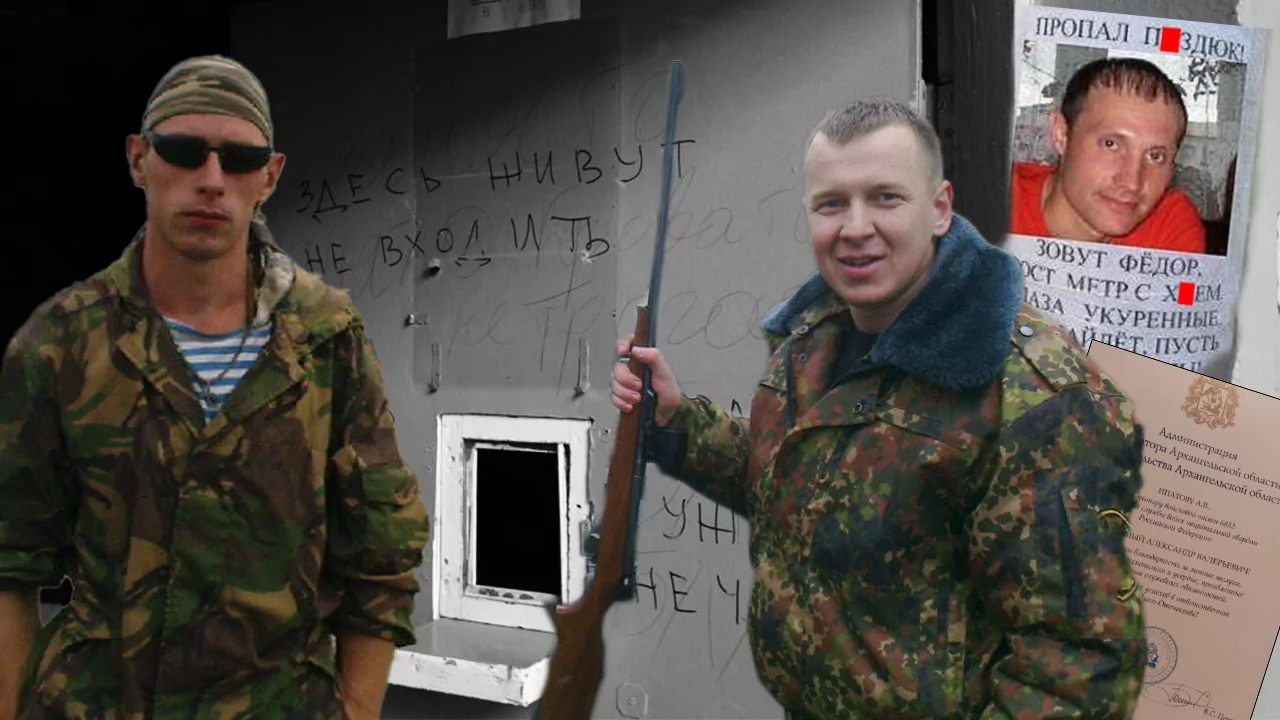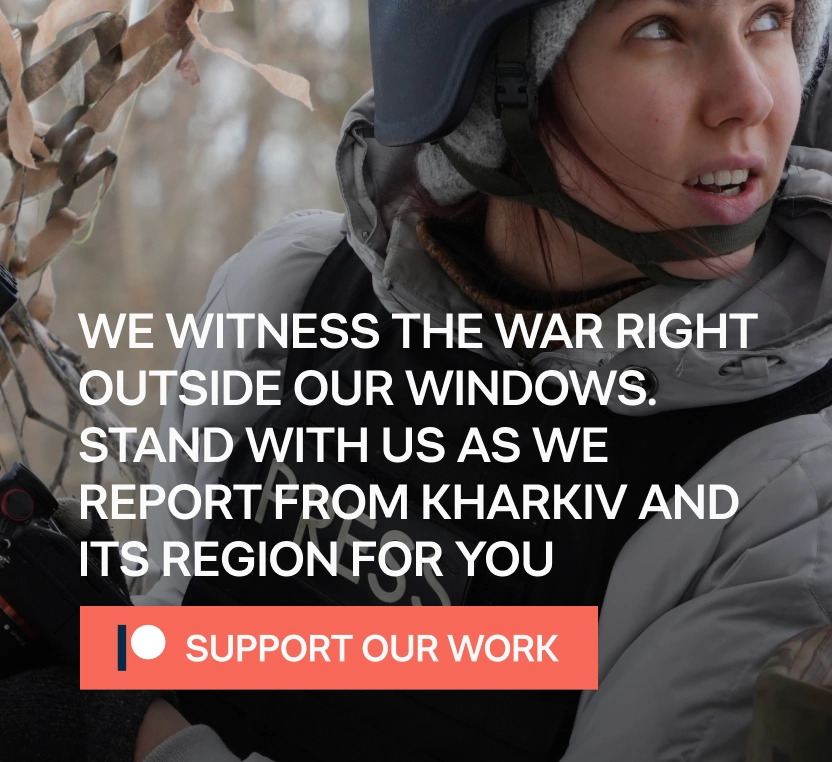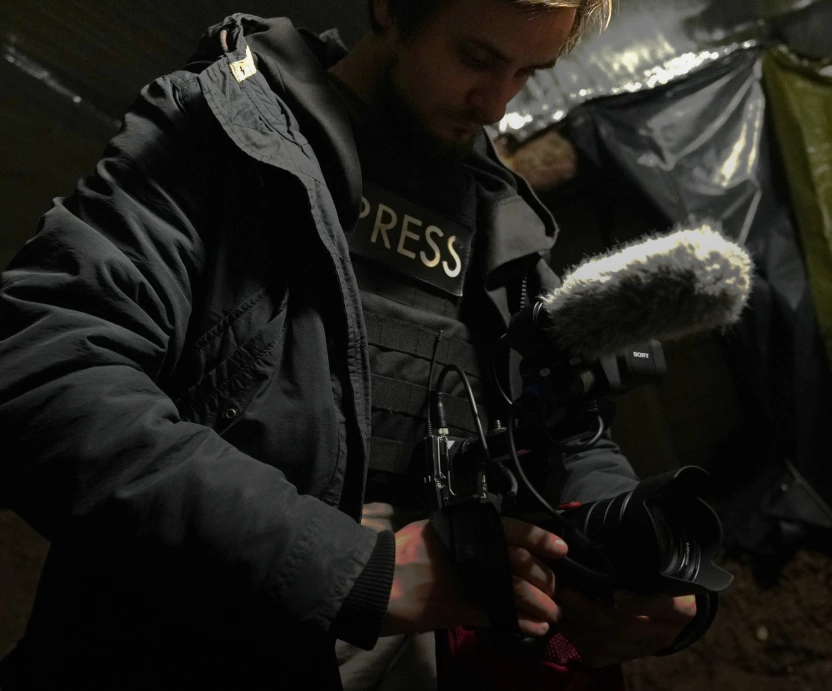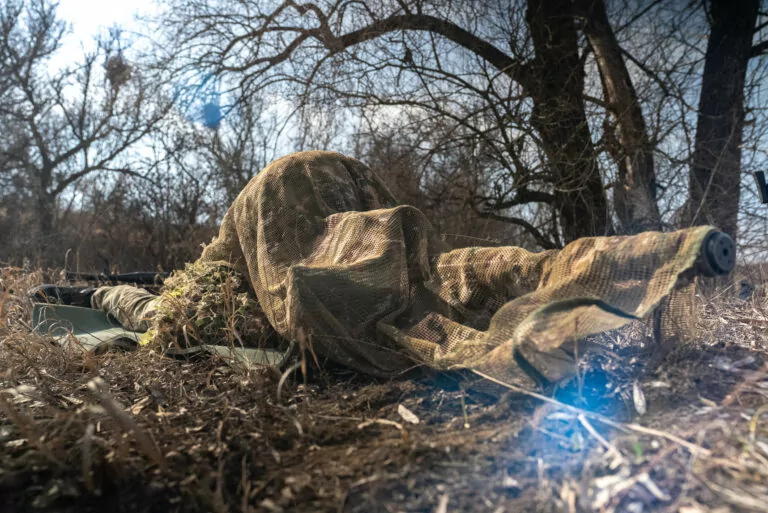It sounds surprising, but those were Russian military men themselves, who helped us to carry out the new Russian soldiers’ identification. Fleeing from Kharkiv Oblast, they left behind not only grief and destruction but also documents of their own army. Thanks to these documents we were able to deanonymize the next group of Russian Federation servicemen and to identify another military unit probably involved in the destruction and war crimes in Kharkiv Oblast.
What happened?
In October 2022, Borova village council informed about the settlement liberation. The village located on the left bank of the Oskil river started to recover from the Russian occupation, which lasted here from April 13.
On Oct. 16, almost right after the liberation, the Gwara Media journalists visited the community. The numerous remains of what had been happening there could be found in almost every corner of the village.

Moreover, our journalists managed to find the premises that the Russian army servicemen used either as a warehouse or as a headquarters.

Along with the packages of Russian dry rations and garbage, we also found abandoned documents of the occupants. These papers specifically helped to confirm the participation of another Russian army unit in the Kharkiv Oblast occupation.
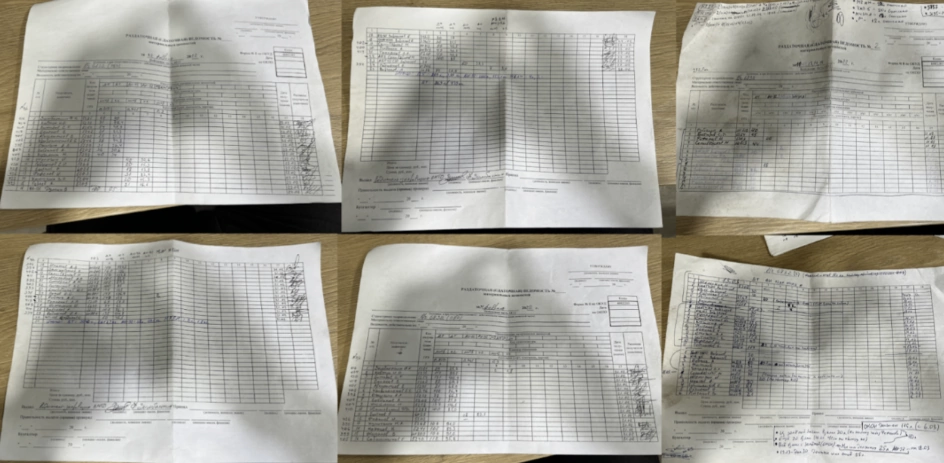
Documents analysis
The documents left was the distribution list for February-March (Feb. 21-March 31) of fuel and lubricant materials of one of the Russian army divisions.

It is worth paying attention that the two earliest distribution lists were dated Feb. 21 and 22, which is several days before the full-scale invasion.
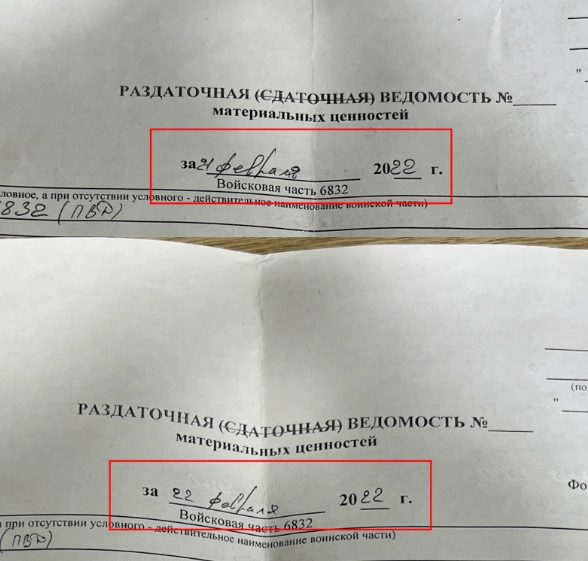
Generally, all the documents contain information about the military unit they belong to, namely, the Russian Army unit 6832, which has the full name of the 28th special forces unit of the National Guard of Russia “Ratnik” and is based in Arkhangelsk.
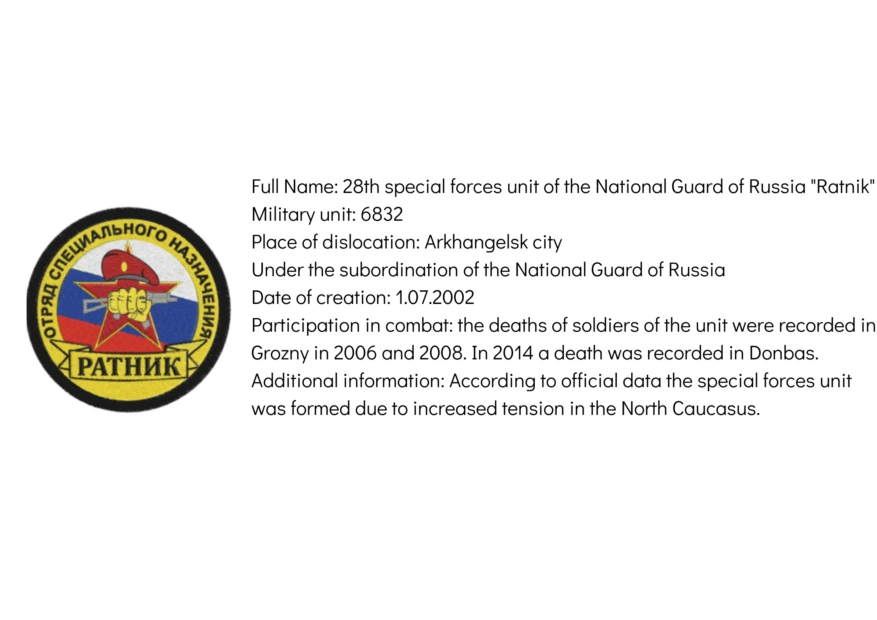
The unit does not hide its participation in the Russian invasion of the territory of Ukraine. On Aug. 12, Russian media published information about the return of «Ratnik» soldiers after a six-month «business trip» on the territory of Ukraine.
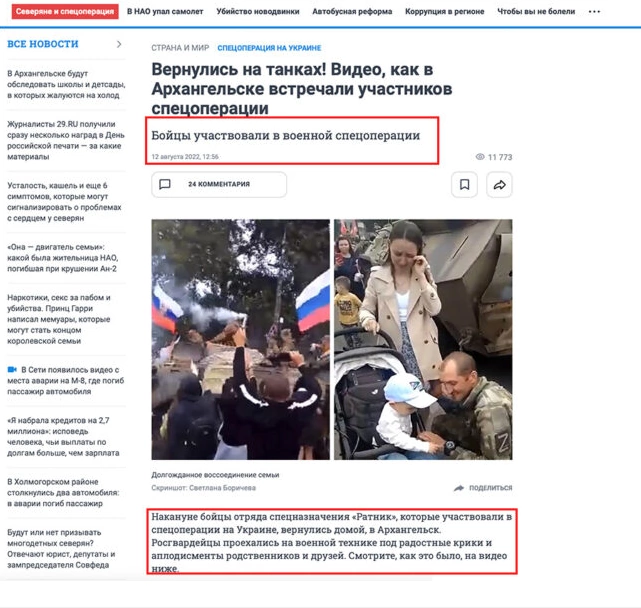
The half-year «business trip», which ended on Aug. 12, should have begun on Feb. 12. It is confirmed by the fact that the unit arrived at the border with Ukraine before the full-scale war.
Therefore, although Russians did not hide the participation of special forces in the attack on Ukraine, thanks to the documents found we can talk about the involvement of the unit in the occupation of Kharkiv Oblast in particular.
Now straight to the names of the servicemen.
Identification of Russian servicemen
Let’s start with the tanker driver whose last name is indicated as responsible for fuel dispensing.

Zimbakhtin Fedor’s signature is present on almost every page of the found documents. That is why we assumed that other unit members should know this person too and started our identification with him.
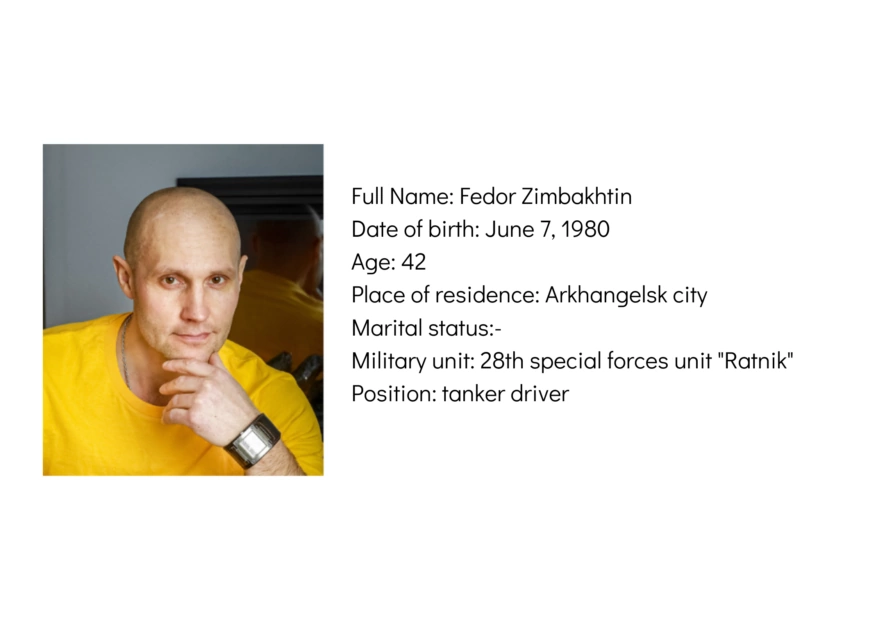
Surprisingly, it turned out to be easy to find Zimbakhtin. The very first search led us to the profile of Fedor Zimbakhtin on the «Odnoklassniki» social network [Russian network service owned by VK, formerly Mail.ru Group – ed.]. Fedor indicated that he lived in Arkhangelsk, which was where MU 6832 was stationed.

However, the public profile contained too little information to make sure that was the same Fedor we were looking for. From the open sources, we learned only the place of residence and the date of birth and got a photo of Fedor with a bottle of alcohol in the foreground.
Nevertheless, thanks to the photo we also found Fedor Zimbakhtin’s profile on another social network, «Vkontakte» [VK, a Russian online social media and social networking service based in Saint Petersburg – ed.], which he hid, using the last name Denisov.
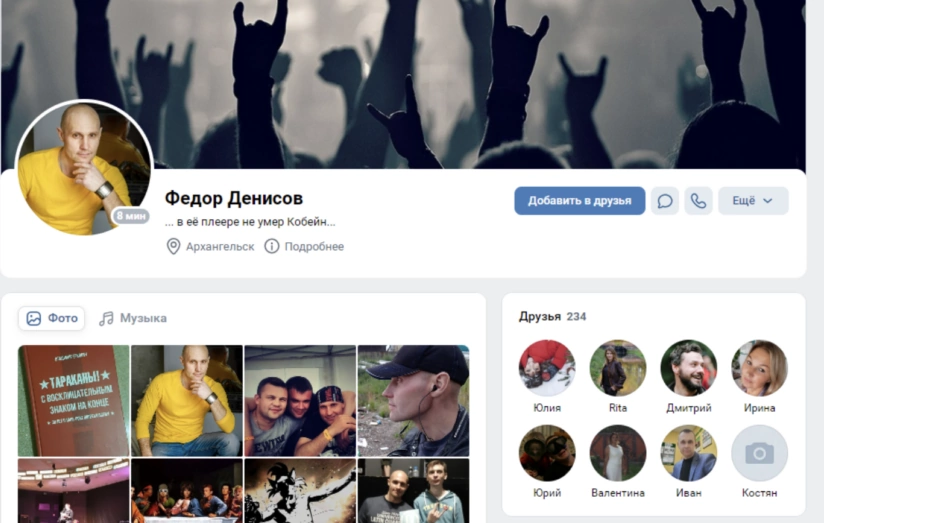
Zimbakhtin has been online on the network recently. Judging from that, we assume that the serviceman is still alive.
He is regularly updating his page. Before the invasion, as we can see, the man was interested in punk-rock culture and shared the corresponding pictures.
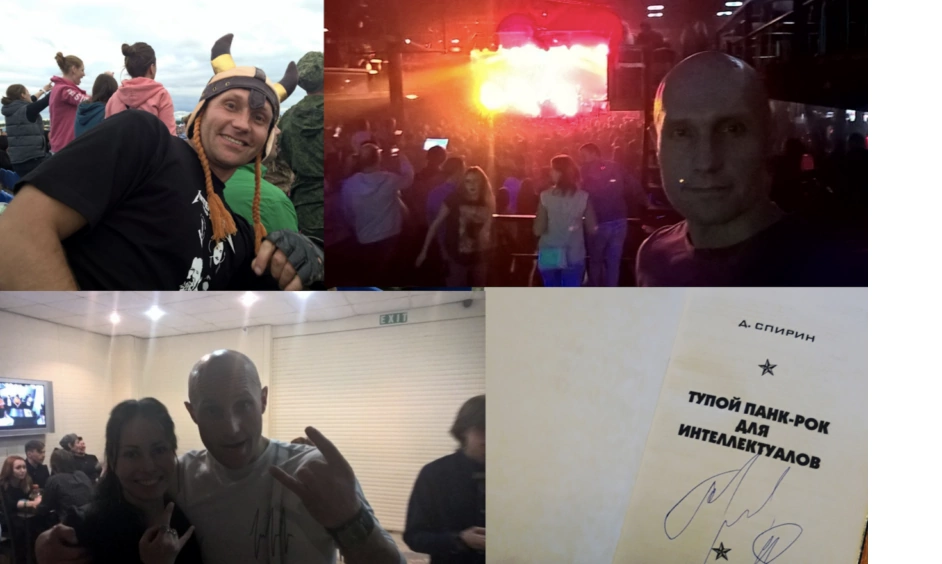
We also found photo collages on the profile and subscriptions to the communities like «Russian Federation contract military service» with the letter Z as a profile picture.
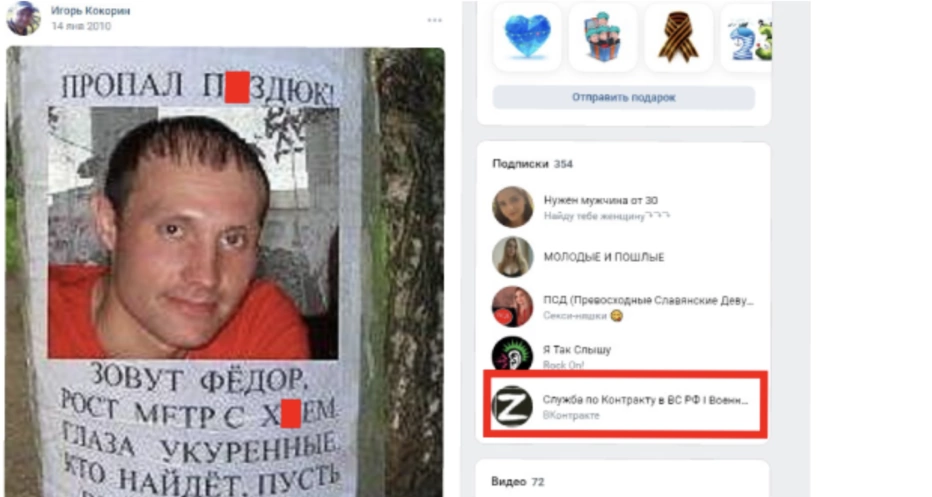
Moreover, we managed to find a document dated 2019, according to which Zimbakhtin Fedor Mykolaiovych obtained a qualification of a driver who could transport dangerous goods. Apparently, this is what he was doing.

Among Zimbakhtin`s friends, we noticed Mykhailo Selivanov wearing a military uniform in the profile picture.

However, there was no such person in our list of people related to fuel and lubricant materials. The closest to the last name “Selivanov” was the “Seliverstov”.
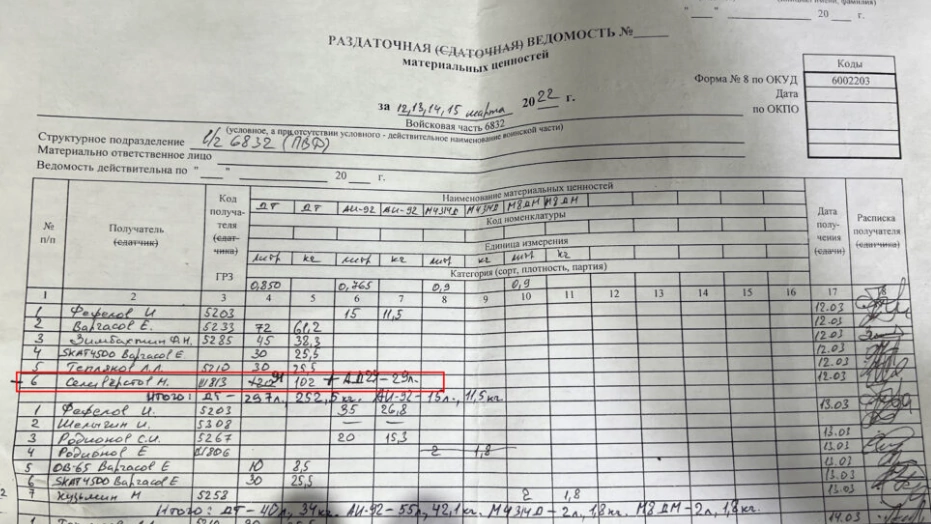
A simple search by the last name “Seliverstov” did not bring any results. But when we added Mykhailo Selivanov’s photo to the web query, everything matched.
Mykhailo Selivanov is the same person as Mykhailo Seliverstov from the found list. On «Odnoklassniki» Seliverstov indicated his birth date. And although the user Selivanov did not specify it on «Vkontakte», his friends did it for him, having publicly congratulated him on his profile page.
This way we ensured that Mykhailo Selivanov on the social network «Vkontakte» and Mykhailo Seliverstov from «Odnoklassniki» are the very same serviceman from our list.
Seliverstov has also been online recently, so most likely is alive.
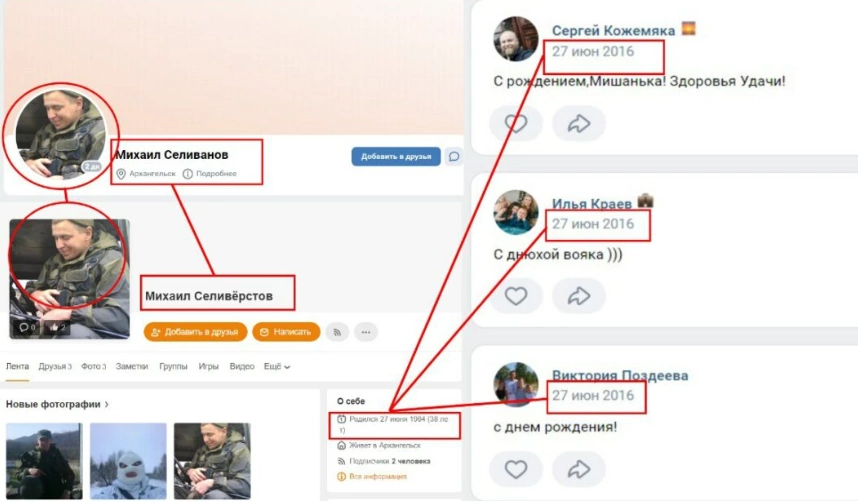

On his social media profile, the serviceman mainly shares information about his hobby, which is hunting.

In one of the photos we noticed three items of hunting weapons.
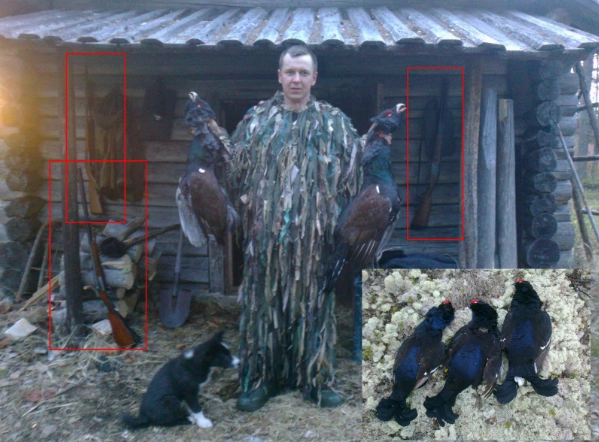
Moreover, let’s pay attention to the occupant’s political views, which he actively shared in 2017. Selivanov jokes about poverty, the absence of career opportunities, money, and roads in Russia. At the same time, he shares «patriotic» pictures, being proud of how his ancestors fought in World War II.
It’s interesting that in the serviceman’s mind, these concepts coexist without conflict.
Let’s also note that after 2017, political jokes almost do not occur on public profiles on his social media.

Instead, Seliverstov’s car becomes the true «star» of his social networks. Although choosing a car, the occupant did not give preference to the domestic automobile industry and bought a car of Japanese production.
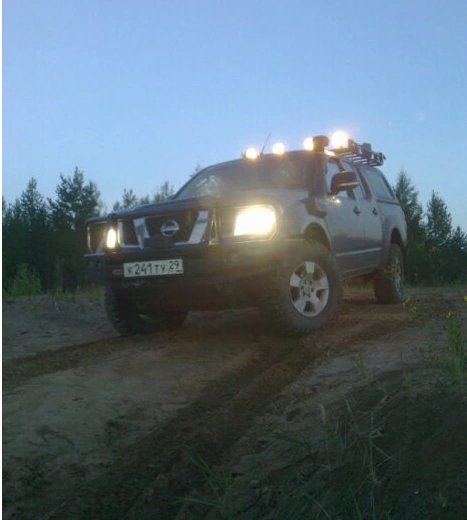
The next identified Russian serviceman from the list is Yevhenii Sobashnikov.
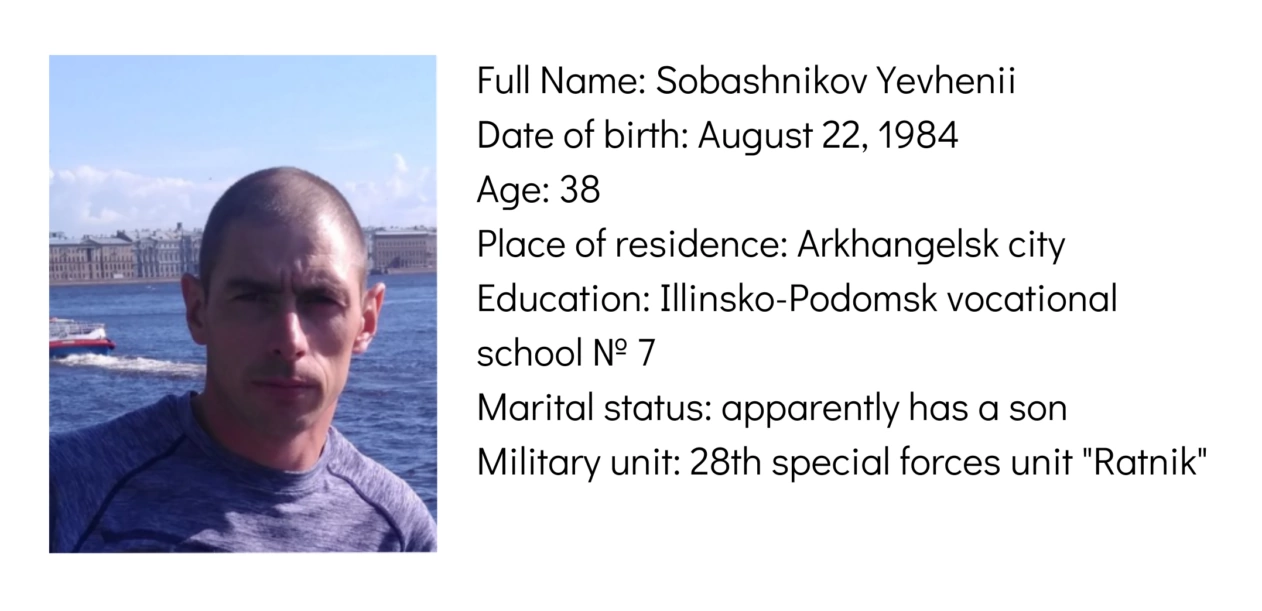
He also diligently signed the distribution list, so, according to our assumption, he should know both Fedor Zimbakhtin and Mykhailo Seliverstov.

Indeed, after we found Sobashnikov on social networks and saw what he looked like, we instantly recognized him in the photos shared by Seliverstov.

Sobashnikov’s photos in military uniform have been appearing on social media since 2008.
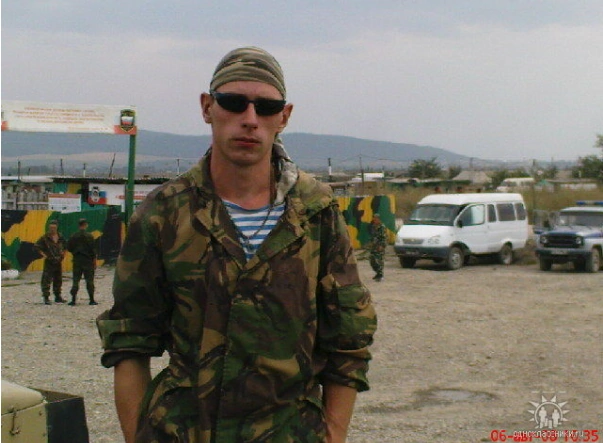
It is worth mentioning that as of 2008, none of the units of Russian special forces had a uniform like the one in Sobashnikov’s early photos. The special forces officers indeed wore striped long-sleeve under the coat, however, it was red and white, and the coat itself had a different print.
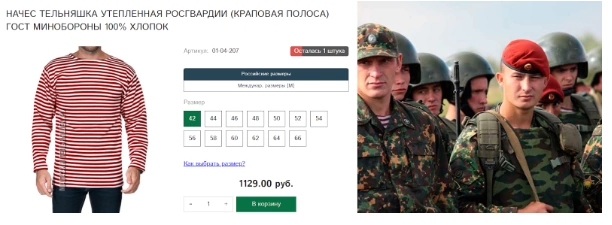
The uniform similar to the one in the photo was used by Russian troops during the invasion of Georgia. However, the type of striped long-sleeve does not prove Sobashnikov’s involvement in the hostilities on the territory of this country.
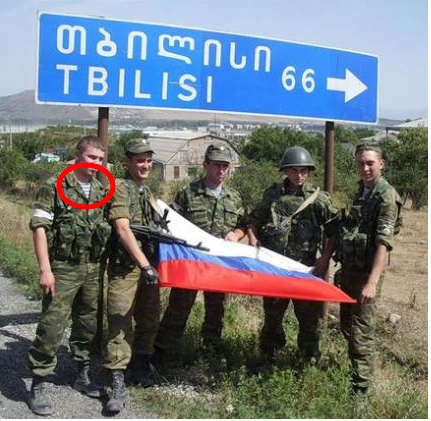
The next identified soldier from the distribution list is Ipatov Oleksandr.
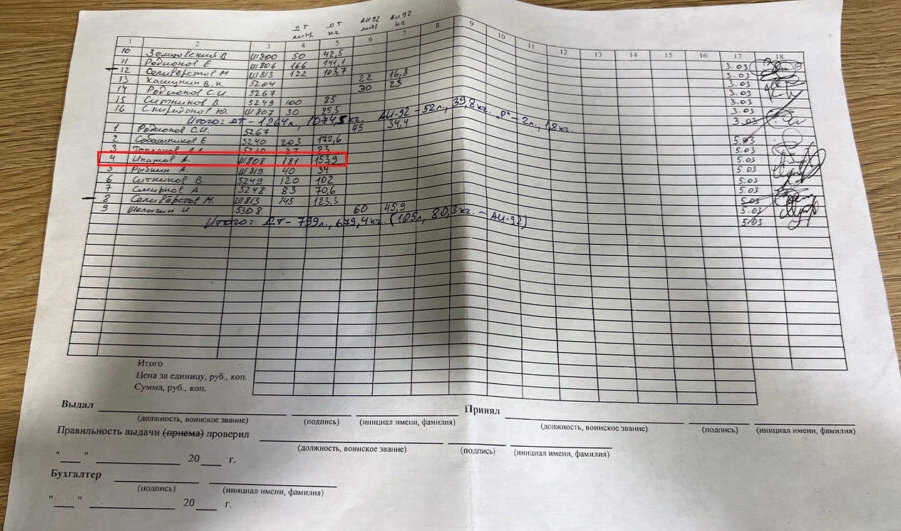
Ipatov, unlike the previously identified servicemen, has three children and a wife, who is incredibly proud of the occupier’s «feats».
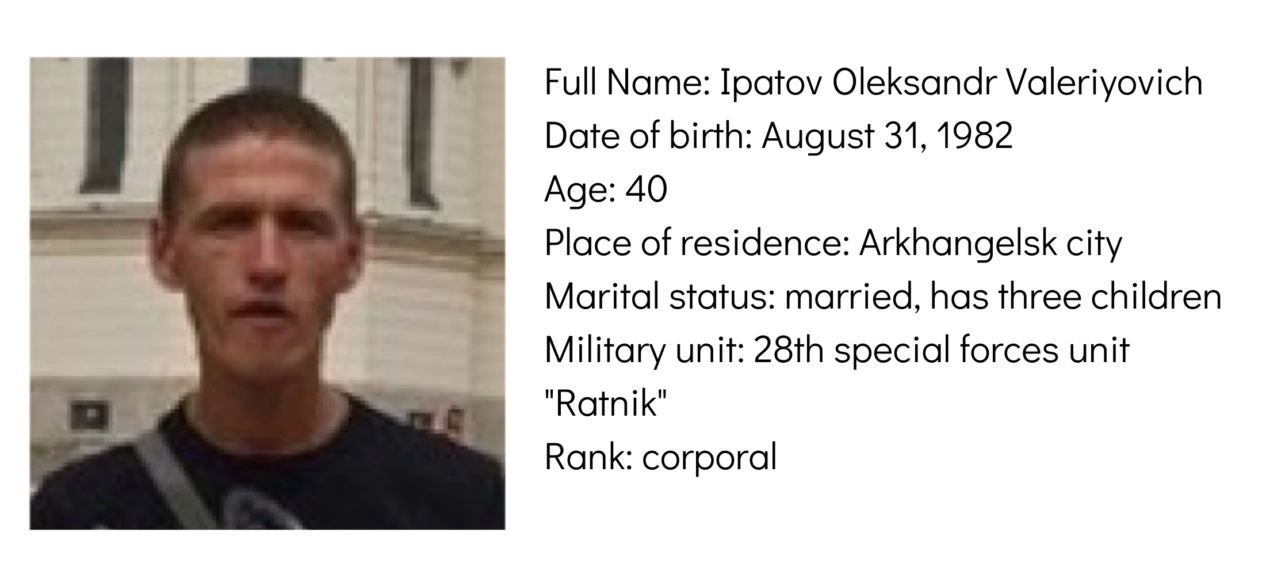
On Oct. 24, the Russian military man received a certificate of appreciation from the Arkhangelsk Oblast administration, which was reported by his wife on social networks.
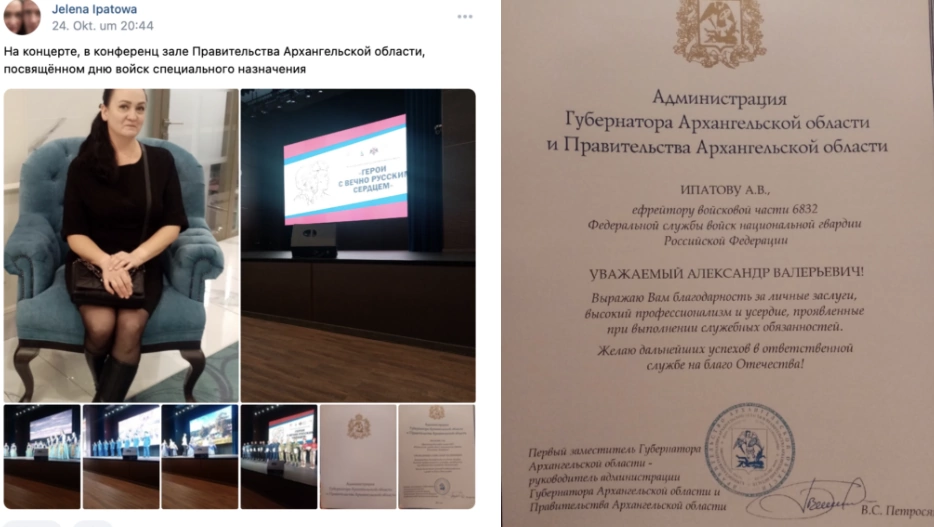
Analyzing social networks, we found out that not only the servicemen themselves were keeping in touch, but also their children. The occupant Sobashnikov’s son turned out to be the friend of Ipatov’s son -— it is evident from their communication on social media.
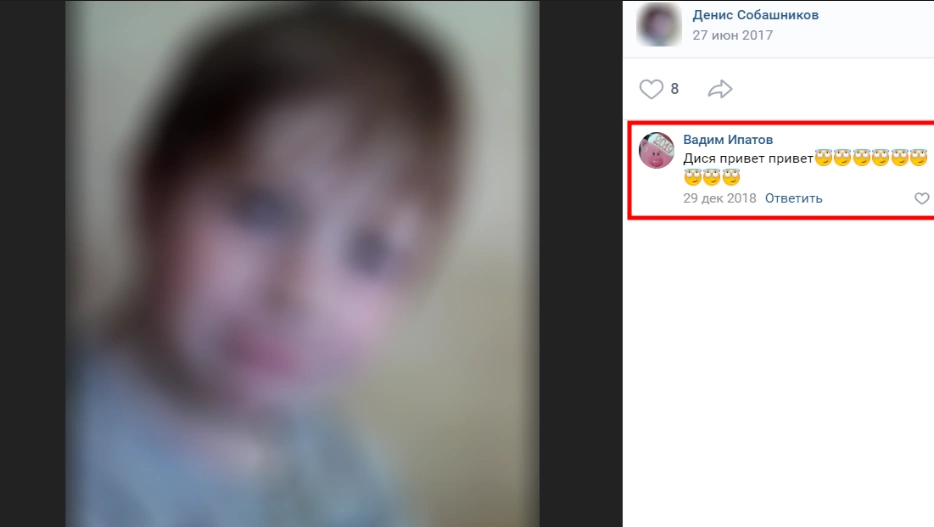
The next identified serviceman from the list is Yurii Spiridonov. On his social networks, the man does not hide having friends from the mentioned military unit. In particular, they follow each other with the previously identified person, Selivanov.
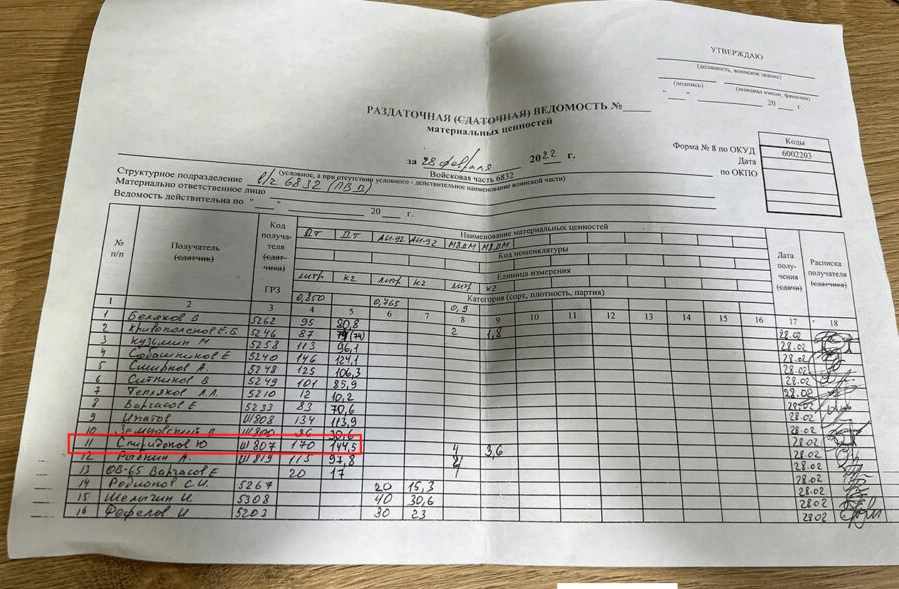


Spiridonov is fond of fishing and hunting and has weapons and tools for these hobbies.
Taking into account the photos of other military servicemen, we see that Russian special forces soldiers do not exist on the edge of financial survival — on the contrary, they get a decent payment for their «work».
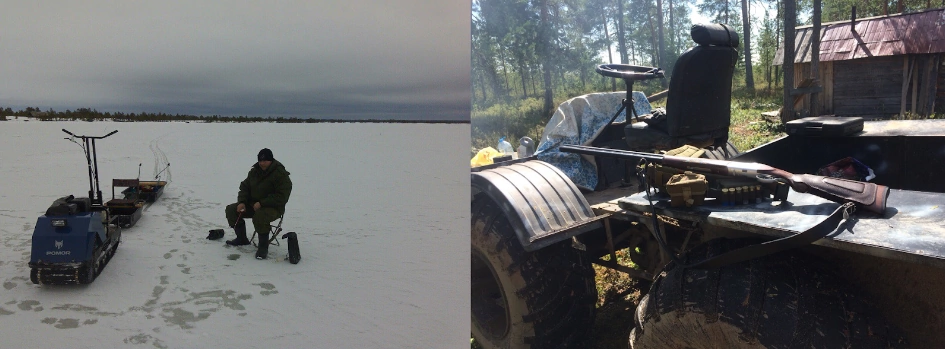
We found the next special forces soldier mentioned in the documents among Selivanov’s friends.
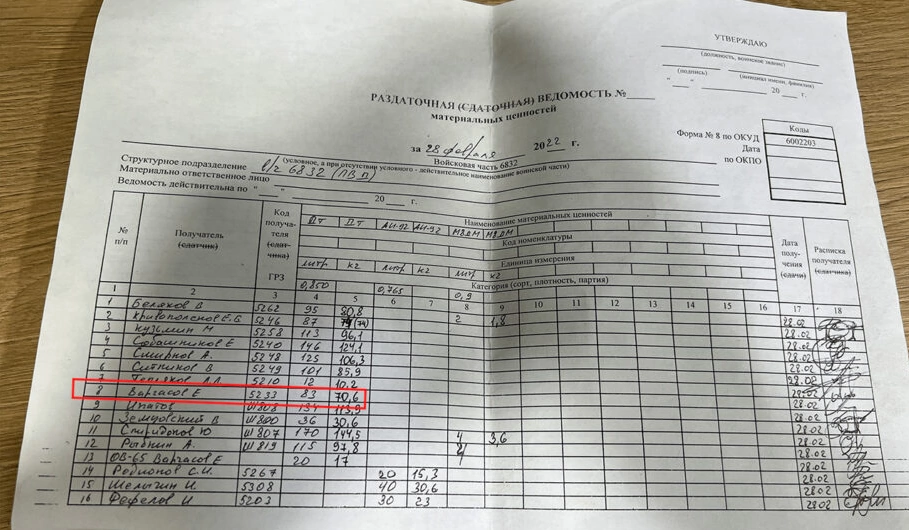

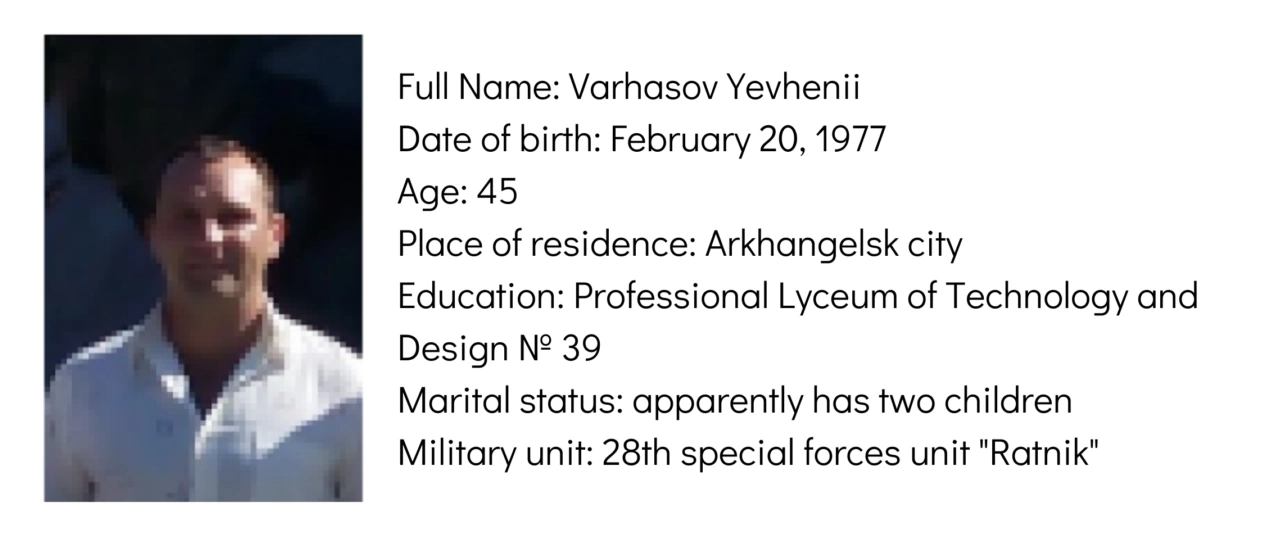
Pay attention, Yevhenii Varhasov is also present in the photo near the monument to fallen special forces soldiers in St. Petersburg from Selivanov’s profile. This again proves that the servicemen knew each other, served in one unit, and probably, performed combat tasks together.
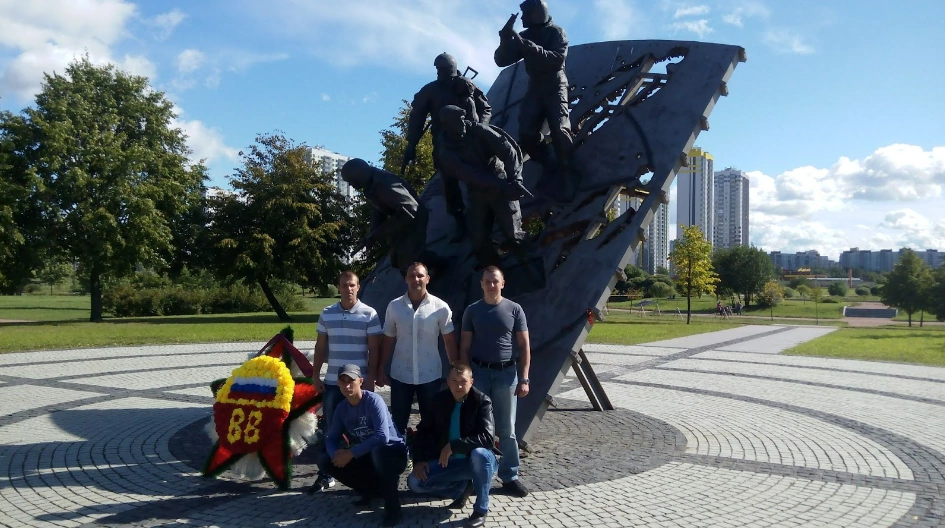
Conclusion
Distribution lists found by Gwara Media journalists in Borova, at first glance, seemed to be ordinary papers. But thanks to them, we were able not only to identify six more Russian army servicemen, but prove the participation of an elite unit of special forces of the Russian Guard in the occupation of Kharkiv Oblast.
Currently, all the identified Russian servicemen are alive.
In the middle of August, the Russian military leadership withdrew this unit from the territory of Ukraine, and several weeks later Ukrainian defenders began the process of liberation of Kharkiv Oblast. We do not know for sure whether or not these things are related. However, taking into account the participation of the «Ratnik» squad in other Russian occupation campaigns, we should assume that such a well-trained resource is important for the aggressor state.
Finally, we provide a screenshot of our correspondence with one of the occupants, whom we managed to contact from a fake VK account.
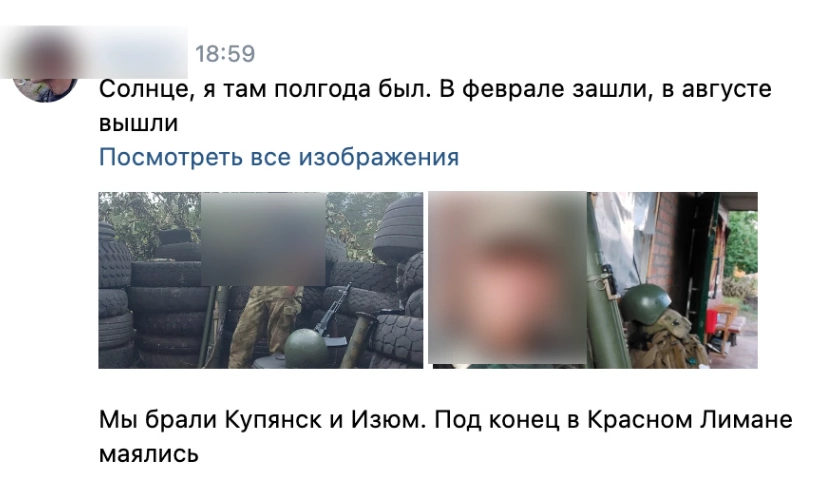
- Atrocities in Izium: Identification of Russian Servicemen. Part 1
- Kharkiv Oblast in Ruins: Identification of Russian Servicemen. Part 2
Translated by Anastasiia Shevtsova
Edited by Tetiana Fram
